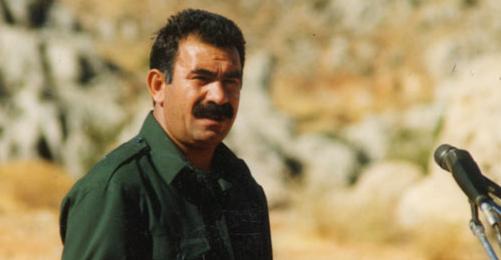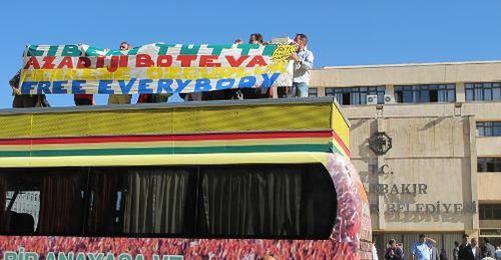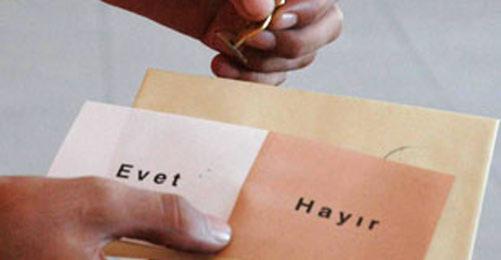IHD General Secretary Nejat Tastan, interviewed by Bianet, said the first stage of the project consisted of creating a mine risk map which identifies the dangerous regions and that with this map, both children and adults in the areas of risk would be offered education in protective measures.
Tastan said they aimed to inform the public of this project by May 15 and listed its components as:
* Concluding the mine risk map
* Preparing an educational documentary on protection from mines
* Delivering protection education to children and adults in risk areas
* Cooperating with the National Education Ministry to organise for hour-long protection classes in village schools
* Preparation of a documentary on the accounts of mine victims
Tastan: Mined settlements ignored
Tastan said the primary target of the project was to push for a mine action plan in Turkey and to achieve a legislation through increasing public awareness of this threat. The Association plans to share all its results with Members of Parliament for this end.
"It is known that the border regions are mined and this is often spoken of. But what is really being ignored is that areas of settlements accessible to civilians have become risk areas. In all mine cleaning work border areas are addressed, there is no mention of settlements" Talat said.
Mine clearance needed before resettlement
The map prepared by IHD shows Turkey's Mardin, Siirt, Hakkari provinces and a section of Diyarbakir as being high risk areas together with Hatay and Tunceli, Tastan explained.
The IHD official said one of the important factors in risk were evacuated villages in the area. "One of the first things our work determined is that there are many mine incidents around villages that have been evacuated. Before the resettlement to these villages, they must be cleared of mines," he said. (TK/II/YE)









